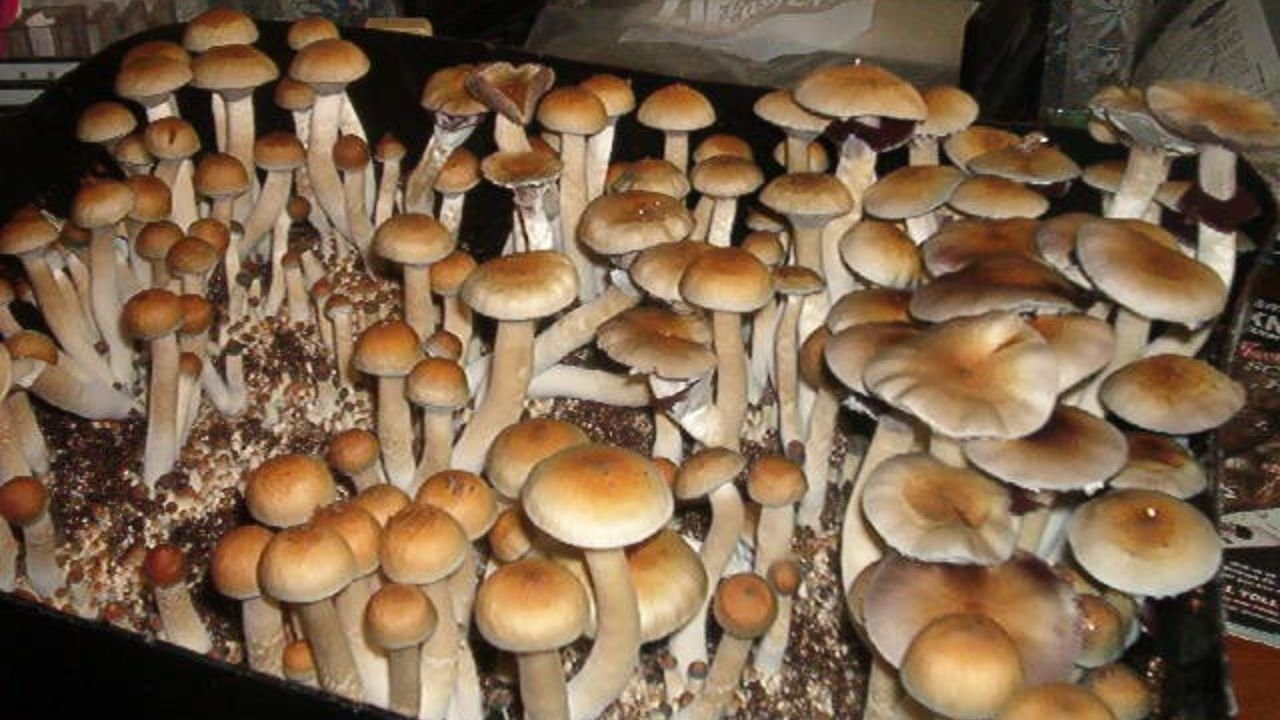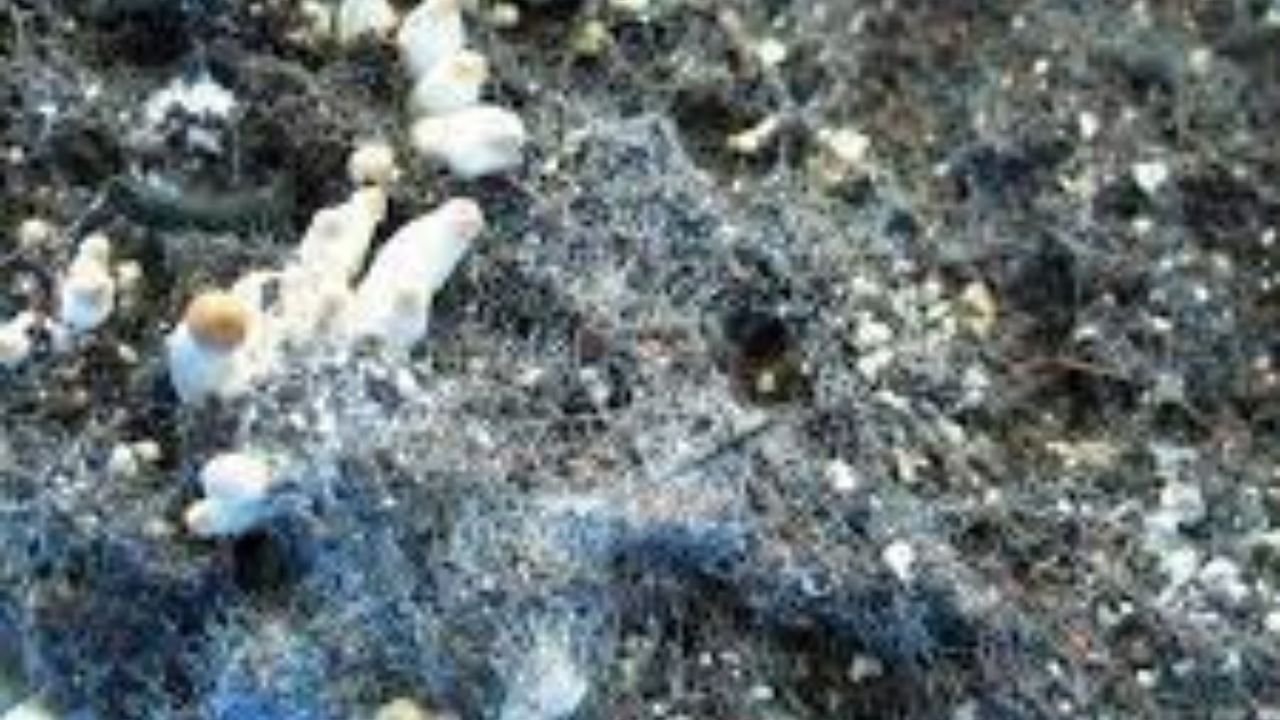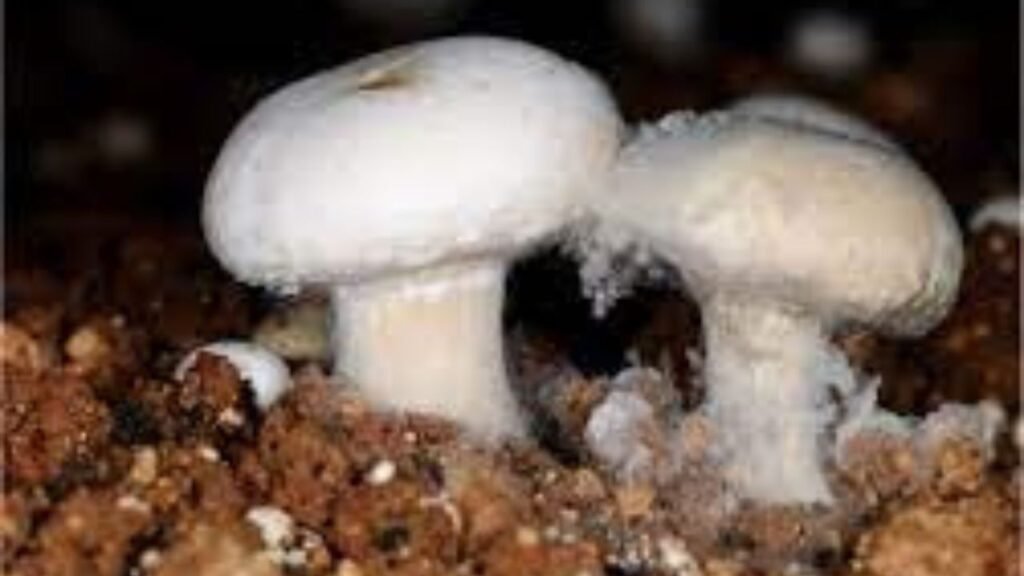Magic Mushroom
Exploring The Intricacies Of Cobweb Mold In Nature And Beyond
Nature, with its myriad forms of life, is a canvas of diversity and complexity. Even the tiniest creatures are vital to preserving the delicate balance of ecosystems in this complex tapestry. One such fascinating organism that often goes unnoticed is cobweb mold.
This unassuming mold, despite its unpretentious appearance, weaves a story of resilience, adaptability, and interconnectedness that extends far beyond the natural world. In this exploration, we delve into the world of cobweb mold, unraveling cobweb mold vs mycelium mysteries and discovering its significance in both nature and unexpected human domains.
Types of Mold
Types of Mold” encompass a diverse array of fungi with varying characteristics. Common indoor molds include Cladosporium, known for its olive-green or brown appearance, and Stachybotrys, recognized as black mold. Aspergillus, displaying different colors, is a cobweb mold symptom prevalent in damp environments. Alternaria, with a velvety texture, thrives in damp areas and can cause allergies.
Penicillium, often blue or green, is notorious for contaminating food. Outdoor molds like Fusarium and Aureobasidium are also widespread. Understanding mold types is crucial for effective identification and remediation, as different species pose varying health risks and require specific treatment approaches for ensuring a healthy indoor environment.
A Closer Look at Cobweb Mold
Cobweb mold, scientifically known as Rhizopus stolonifer, belongs to the class Zygomycetes. Characterized by its fine, web-like structure, this mold is commonly found in decaying organic matter. The chapter begins by examining the physical characteristics and life cycle of cobweb mold, shedding light on its role as a decomposer in ecosystems. We delve into the intricate network of hyphae that forms the mold’s cobweb mold vs mycelium structure, discussing how it enables the organism to thrive in various environments.
Identifying Cobweb Mold
Recognizing cobweb mold is essential for prompt action. Its visual characteristics and preferred locations within homes set treatment apart from other molds. By being able to recognize cobweb mold, homeowners can take care of the problem before it gets out of hand.
Health Concerns
The presence of mold, including cobweb mold, can pose health risks. Allergic reactions and respiratory issues are common consequences of mold exposure. Understanding these health concerns emphasizes the importance of addressing mold problems promptly.
Prevention Strategies
Preventing mold growth requires a proactive approach. Controlling indoor humidity levels and ensuring proper ventilation are key strategies to keep cobweb mold at bay. Implementing these prevention techniques contributes to a healthier indoor environment.
DIY Mold Removal
Small-scale mold issues can often be addressed through do-it-yourself methods. Using safe cleaning solutions and following specific steps can effectively remove cobweb mold without the need for professional intervention.
Common Misconceptions About Mold

Unveiling the truth behind common misconceptions about mold, this informative piece navigates through prevalent myths. Contrary to popular belief, mold isn’t solely a visible issue cobweb mold treatment often thrives unseen. Another misconception is that all molds are harmful—some are benign.
Many assume bleach is the ultimate solution, yet it merely addresses surface problems. Indoor humidity is often underestimated, as mold flourishes in damp environments. Dispelling these myths is crucial for understanding and effectively managing mold-related concerns. This cobweb mold symptoms concise exploration separates fact from fiction, empowering readers to make informed decisions in safeguarding their homes and health.”
How to Use Mold Testing Kits Effectively
Discovering mold in your home can be alarming, but using mold testing kits effectively empowers you to address the issue promptly. Please start by selecting a reliable kit, ensuring is cobweb mold dangerous covers common mold types. Follow the kit instructions meticulously, collecting samples from different areas susceptible to mold growth. Maintain cleanliness during the process to avoid contamination.
Once samples are collected, please send them to a reputable lab for analysis. Interpret the results with caution, and if elevated mold levels are detected, take swift action to remediate. Regular testing helps monitor your environment, ensuring a healthier home and preventing potential health hazards associated with 1p lsd for sale is cobweb mold dangerous exposure.
The Ecological Role of Cobweb Mold

Beyond its aesthetic appeal, plays a crucial ecological role in the decomposition process. This chapter explores how mold breaks down organic matter, recycling nutrients and contributing to the formation of fertile soil. We also investigate in house interactions with other organisms in the ecosystem, highlighting the interconnected web of life in which cobweb mold is an integral player.
Adaptability and Survival Strategies
Survival in the natural world often hinges on adaptability. Cobweb mold showcases remarkable adaptability, thriving in diverse conditions. This chapter delves into the mold’s ability to withstand fluctuations in temperature, humidity, and nutrient availability. We explore how these survival strategies have allowed cobweb mold to colonize a wide range of habitats, from forests to urban environments.
Cobweb Mold in Unexpected Places
While cobweb mold is commonly associated with the natural environment, it has also found its way into unexpected human domains. This chapter investigates instances where has been observed in indoor settings, such as homes and food storage facilities. We explore the challenges posed by mold infestations and the methods employed to manage and prevent their on food occurrence.
The Intersection of Art and Science
The intricate patterns created by have captured the attention of scientists and artists alike. This chapter explores the intersection of art and science, showcasing how researchers have used the mold’s growth patterns as inspiration for unique artworks. We also discuss the potential applications of cobweb mold in fields such as biomimicry and design.
Challenges and Controversies
All exploration is complete with addressing the challenges and controversies surrounding the subject. In this chapter, we examine the potential health risks associated with exposure to cobweb mold, as well as the ongoing debates within the scientific community regarding its classification and nomenclature. We also explore the ethical considerations related to the use of in research and artistic endeavors.
Future Prospects and Research Directions
As we stand on the brink of technological advancements and increasing environmental challenges, this chapter envisions the prospects of cobweb mold research. We explore potential applications in biotechnology, agriculture, and waste management, highlighting how understanding this seemingly humble organism could pave the way for innovative solutions to pressing global issues.
DIY Mold Testing Kits
For those who want to take a proactive approach to mold detection, DIY mold testing kits are available. However, understanding their pros and cons and using them effectively is crucial for accurate results.
Mold-Resistant Materials
Advancements in construction materials offer options for mold-resistant products. Using these materials in the construction of a home can offer another line of defense against the formation of mold.
Addressing Underlying Structural Issues
Addressing underlying structural issues, such as leaks and water damage, is paramount in preventing mold growth. Timely repairs and proactive maintenance contribute to a mold-free home environment.
Conclusion
In the grand tapestry of nature, cobweb mold emerges as a thread, weaving its way through ecosystems, breaking down barriers, and connecting disparate elements. This exploration has taken us from the microscopic world of mold spores to the unexpected intersections of art and science. Our trip has given us a profound respect for the intricacies of and it serves as a reminder that even the smallest organisms may hold the key to unlocking the secrets of the natural world.
FAQ:
Can Mold Grow in Dry Environments?
Mold typically thrives in moist environments, but it can adapt to various conditions, including drier settings.
Are DIY Mold Testing Kits Accurate?
While DIY kits can provide preliminary results, they may not be as accurate as professional testing conducted by experts.
What Health Symptoms can Mold Exposure Cause?
Among other symptoms, exposure to mold can cause allergic responses, respiratory problems, coughing, and eye discomfort.
How Often Should I Inspect my Home for Mold?
Regular inspections, at least annually, are recommended to detect mold early and prevent extensive damage.
Is Professional Mold Remediation Expensive?
The cost of professional mold remediation varies but is often a worthwhile investment to ensure thorough and effective removal.

